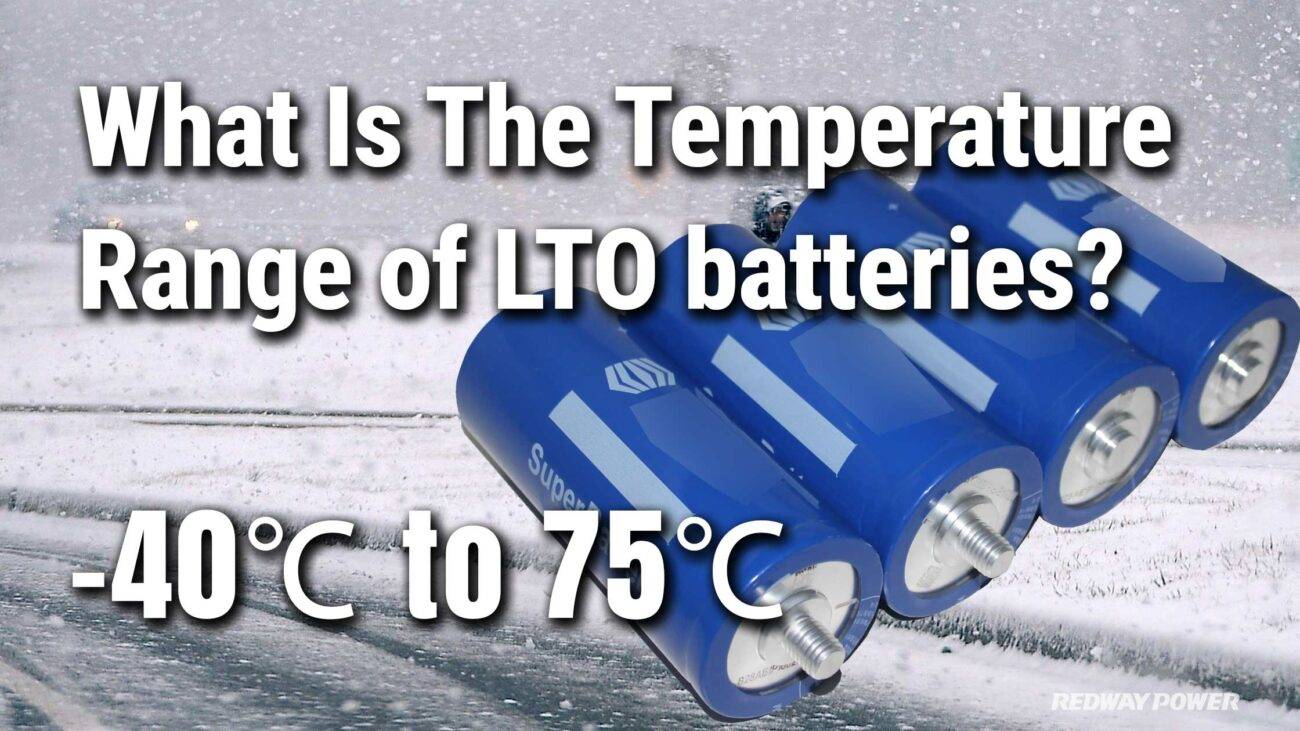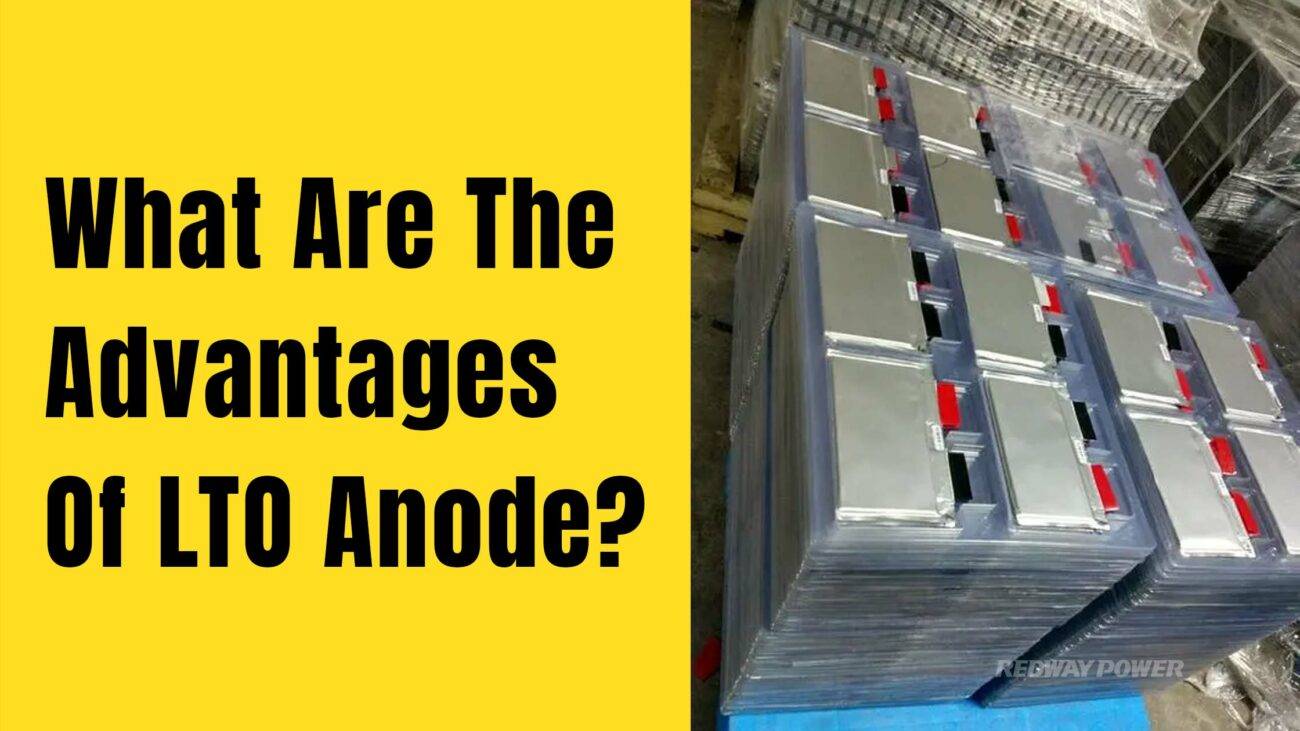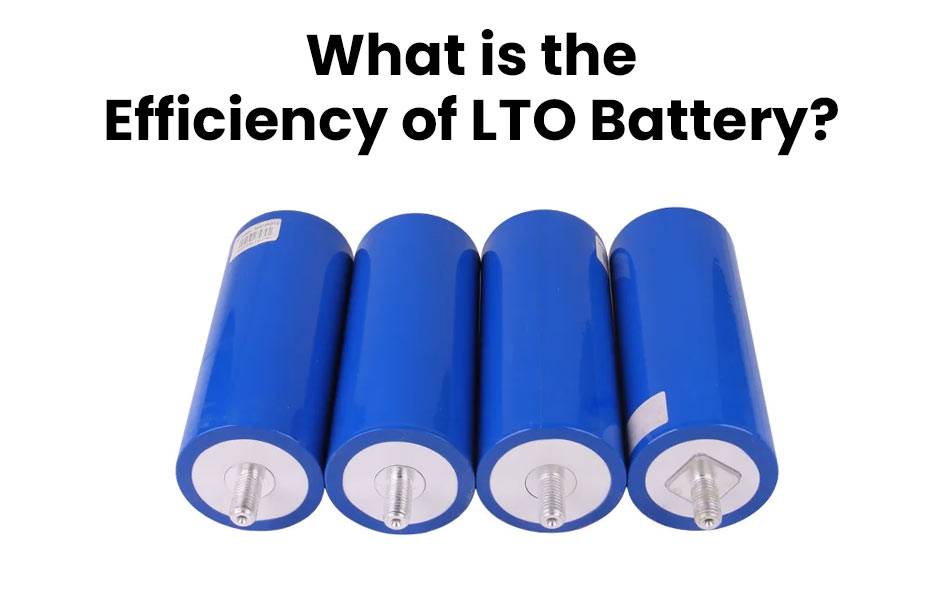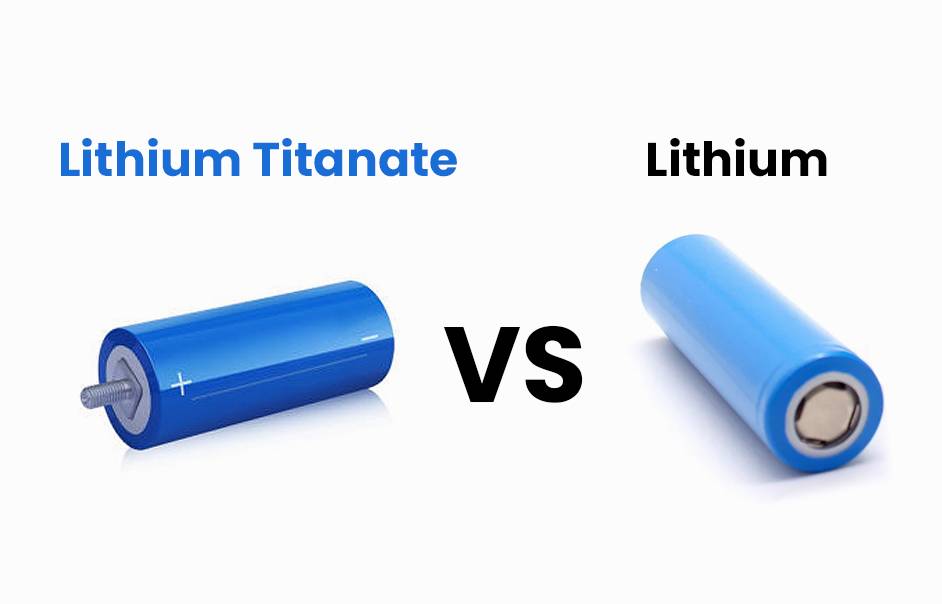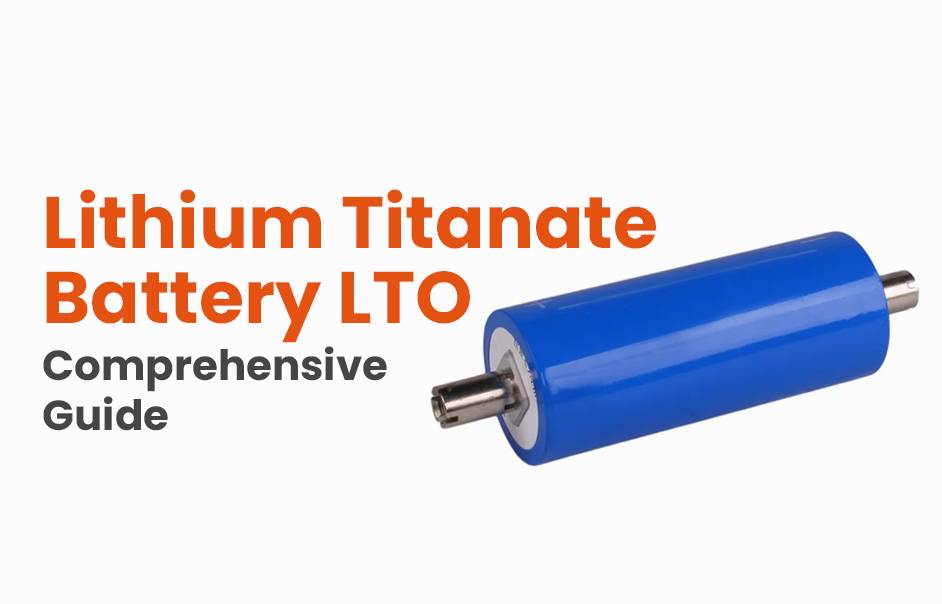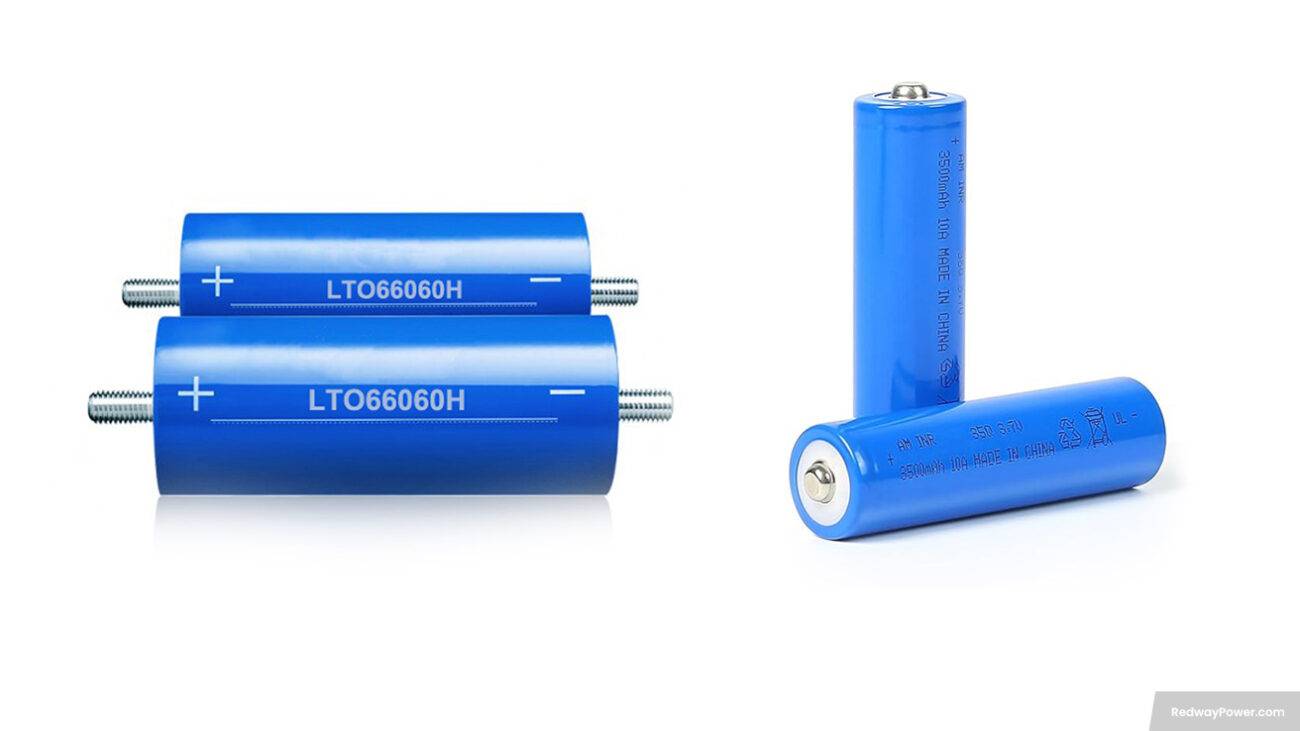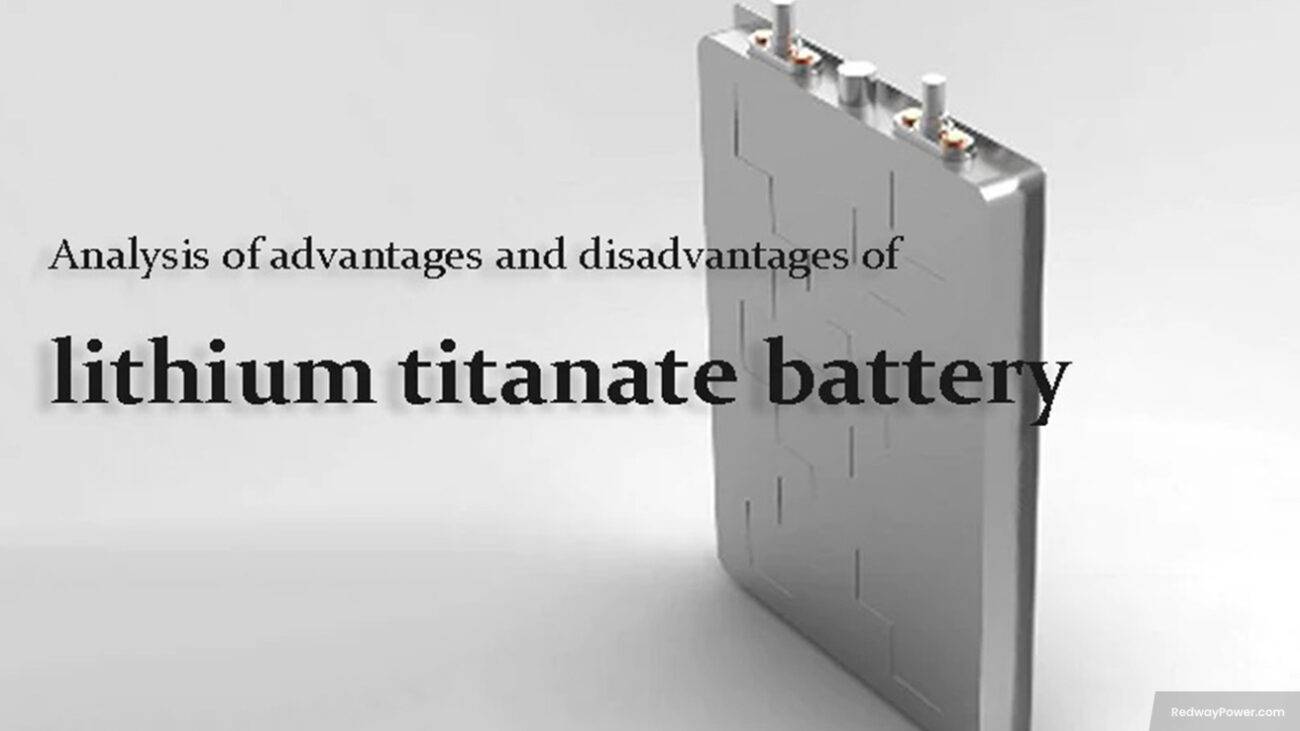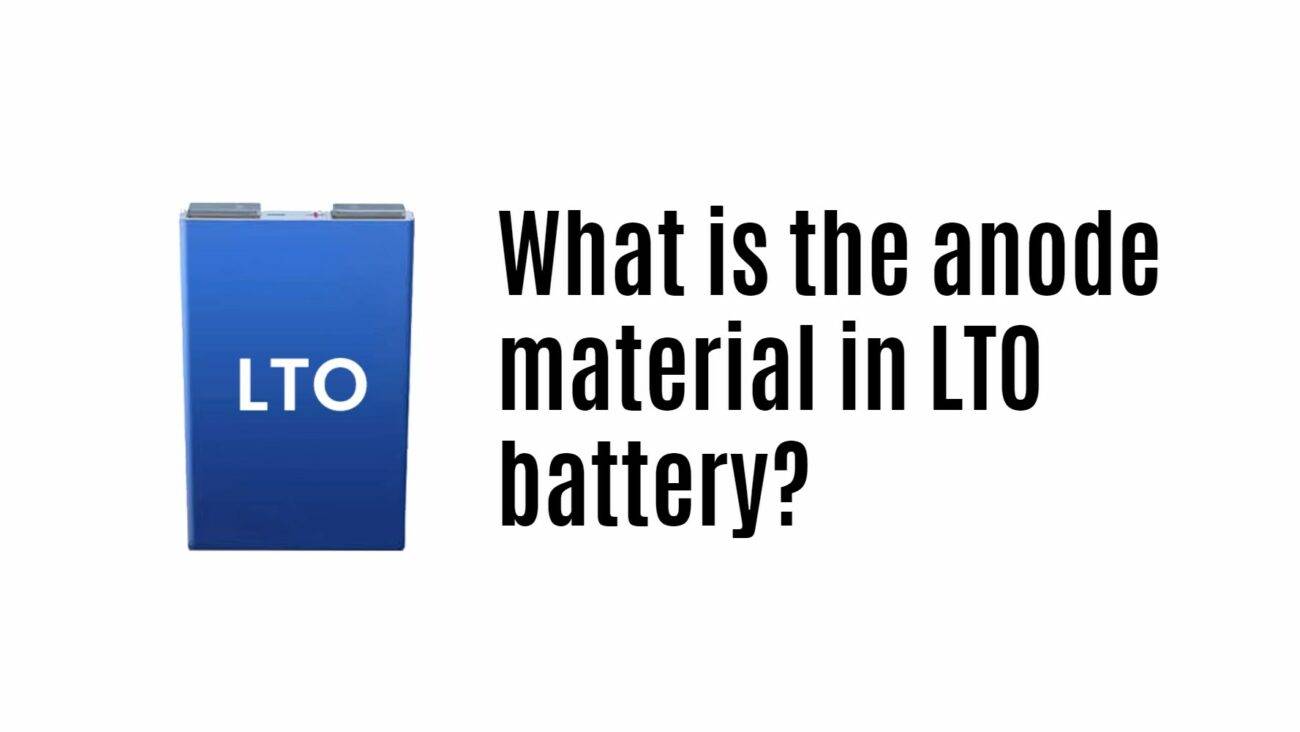
Blog
What Is the Content of LTO Battery?
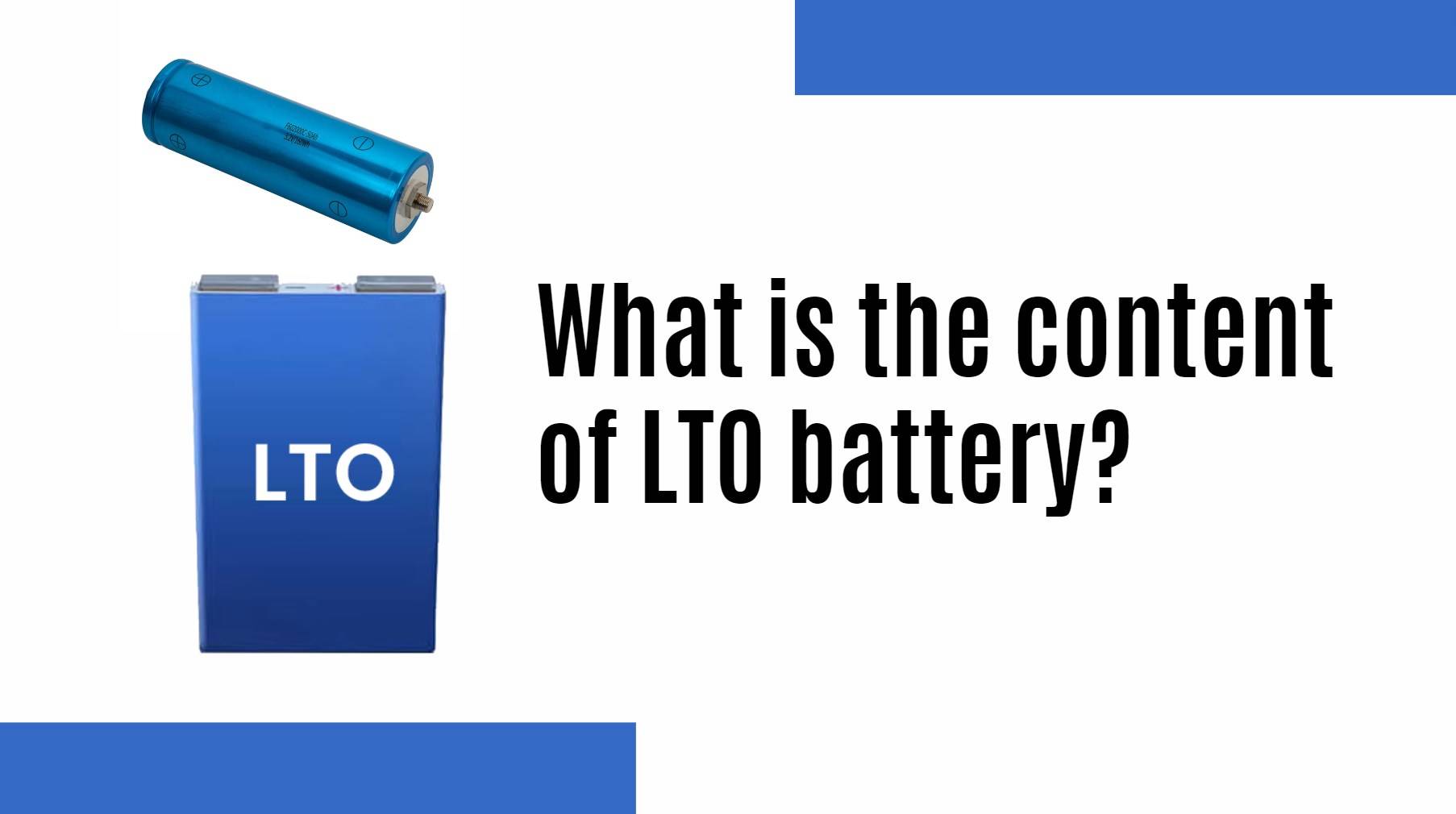
An LTO battery consists primarily of a lithium titanate (Li4Ti5O12) anode, a cathode typically made from lithium metal oxides such as lithium cobalt oxide or lithium manganese oxide, and a lithium salt electrolyte. The unique titanate anode structure allows rapid charge/discharge and exceptional cycle life. LTO batteries offer superior safety and stability compared to conventional lithium-ion chemistries, making them ideal for high-demand and long-lifespan applications.
What is the chemical composition of an LTO battery?
The core distinguishing feature of an LTO battery is its anode made from lithium titanate (Li4Ti5O12), a spinel-structured lithium titanium oxide compound. The cathode usually consists of lithium metal oxides such as LiCoO2 (lithium cobalt oxide), LiMn2O4 (lithium manganese oxide), or other similar lithium-containing materials. The electrolyte is a lithium salt dissolved in an organic solvent, enabling lithium-ion transport. The lithium titanate anode replaces the conventional graphite anode, delivering enhanced stability and safety.
How does the LTO anode material differ from graphite anodes?
Unlike traditional graphite anodes, which intercalate lithium ions between layers of carbon atoms, the LTO anode features a stable spinel structure that accommodates lithium ions by surface insertion without significant volume change. This results in virtually zero anode expansion during charge/discharge cycles, dramatically reducing electrode degradation and improving battery longevity. Additionally, lithium titanate has higher lithium insertion potential, which contributes to its improved safety profile by minimizing lithium plating risks.
What materials are used in the cathode and electrolyte of LTO batteries?
The cathode materials in LTO batteries are often lithium metal oxides such as:
- Lithium cobalt oxide (LiCoO2)
- Lithium manganese oxide (LiMn2O4)
- Lithium nickel cobalt manganese oxide (NCM) variants
These cathode compounds provide different energy densities and cost profiles. The electrolyte comprises lithium salts like lithium hexafluorophosphate (LiPF6) dissolved in organic carbonates such as ethylene carbonate and dimethyl carbonate, facilitating efficient ionic conduction between electrodes.
How does LTO battery chemistry influence its performance and safety?
The spinel lithium titanate anode’s stable structure prevents electrode pulverization and expansion, enabling rapid lithium-ion diffusion. This results in fast charge and discharge rates (high power capability), long cycle life (up to 10,000 cycles), and excellent thermal stability. The higher anode potential (~1.55 V vs. Li+/Li) reduces the risk of lithium dendrite formation, enhancing safety and minimizing thermal runaway hazards even under abusive conditions.
What advantages does the LTO battery content provide over other lithium-ion batteries?
LTO batteries offer:
- Exceptional cycle life, often 5-10 times longer than graphite-based lithium-ion batteries
- Rapid charge capability due to fast lithium-ion diffusion in titanate
- Wider operating temperature range, functioning efficiently in extreme cold and heat
- Enhanced safety because of reduced lithium plating and thermal stability
- Lower internal resistance, resulting in better energy efficiency during high-power use
These advantages make LTO batteries suitable for applications in electric vehicles, grid energy storage, and industrial equipment where durability and safety are paramount.
How do LTO batteries compare to ternary lithium and lithium iron phosphate batteries in content?
While LTO batteries use lithium titanate for the anode, ternary lithium batteries feature cathodes composed of nickel, cobalt, and manganese oxides, and lithium iron phosphate (LiFePO4) batteries use lithium iron phosphate as cathode material. Ternary lithium batteries prioritize energy density, LiFePO4 emphasizes stability and safety, and LTO prioritizes lifespan, fast charging, and thermal safety. Their material compositions reflect these priorities with different electrode chemistries and crystal structures.
How does Redway Power integrate LTO battery technology in its OEM solutions?
Redway Power leverages advanced LTO chemistries with precision manufacturing and MES (Manufacturing Execution System) integration to produce lithium battery packs that deliver exceptional cycle life, safety, and rapid charging for industrial and commercial applications. Their LTO battery packs are widely used in forklifts, electric vehicles, and renewable energy storage, combining the chemistry’s strengths with Redway Power’s quality control and customization capabilities.
What future developments in LTO battery content could enhance their capabilities?
Research focuses on improving electrode materials using nanoscale doping, composite coatings, and electrolyte additives to further increase energy density without compromising safety or cycle life. Innovations in solid-state electrolytes and hybrid cathodes aim to push LTO battery performance toward higher voltage ranges and longer life while maintaining their renowned stability.
How do the materials in LTO batteries enable rapid charging and long cycle life?
The lithium titanate anode’s fast lithium-ion transport channels and negligible volume change prevent mechanical stresses causing degradation. This facilitates ultra-fast charging rates (sometimes under 10 minutes) and thousands of recharge cycles with minimal capacity loss. Complementary cathode design and stable electrolytes contribute to sustaining the battery’s integrity over extended usage.
What role does the unique LTO battery content play in its thermal stability and safety?
The elevated lithiation potential of the LTO anode greatly reduces the driving force for lithium metal plating and dendrite formation, primary causes of short circuits in lithium-ion batteries. The spinel structure withstands high temperatures without structural breakdown. Combined with chemically stable electrolytes, this results in superior thermal and electrochemical safety margins.
Chart title: Typical Material Components of an LTO Battery
| Component | Material | Role |
|---|---|---|
| Anode | Lithium Titanate (Li4Ti5O12) | Enables fast charging, long life |
| Cathode | Lithium Cobalt Oxide or Manganese | Energy storage and voltage source |
| Electrolyte | Lithium salt in organic carbonate | Ion conductor between electrodes |
| Separator | Microporous polymer membrane | Prevents electrical short circuits |
Chart title: Performance Benefits of LTO Battery Content
| Characteristic | LTO Battery | Standard Graphite Lithium-ion |
|---|---|---|
| Charge Time | 10-15 minutes | 1-3 hours |
| Cycle Life | >10,000 cycles | 500-1500 cycles |
| Anode Expansion | Nearly Zero | ~10% volume change |
| Safety | Very High | Moderate |
| Operating Temp Range | -30°C to 55°C | 0°C to 45°C |
Redway Power Expert Views
“LTO battery technology epitomizes the convergence of safety, longevity, and rapid charging — features integral to modern industrial and mobility applications,” says a Redway Power expert. “Our commitment lies in leveraging LTO chemistry’s strengths through precision manufacturing and rigorous quality assurance, enabling OEM customers to deploy reliable, high-performing battery packs. Redway Power’s expertise ensures that each battery pack transcends mere energy storage to embody resilience, efficiency, and adaptability required in today’s dynamic environments.”
Conclusion
LTO batteries are distinguished by their lithium titanate anodes, complemented by lithium metal oxide cathodes and stable electrolytes, delivering unrivaled safety, ultra-fast charging, and extended cycle life. Their unique chemistry and materials set them apart from other lithium-ion batteries like ternary lithium and lithium iron phosphate types. Redway Power’s advanced OEM production of LTO battery packs underscores the technology’s promising role in electric vehicles, industrial machinery, and energy storage systems, where durability and reliability are crucial.
FAQs
What materials constitute the anode of an LTO battery?
The anode is primarily lithium titanate (Li4Ti5O12), a stable spinel oxide enabling fast charging and long life.
How does LTO battery content differ from traditional lithium-ion batteries?
LTO uses a titanate anode instead of graphite, resulting in less volume expansion and higher thermal stability.
What cathode materials are commonly paired with LTO anodes?
Lithium cobalt oxide (LiCoO2) or lithium manganese oxide (LiMn2O4) are typical cathodes used.
Why are LTO batteries safer than other lithium-ion types?
High anode potential reduces lithium plating risks and dendrite formation, minimizing thermal runaway.
How does Redway Power enhance LTO battery pack performance?
Through precise OEM manufacturing with advanced MES management, ensuring high quality, safety, and customization for diverse applications.




